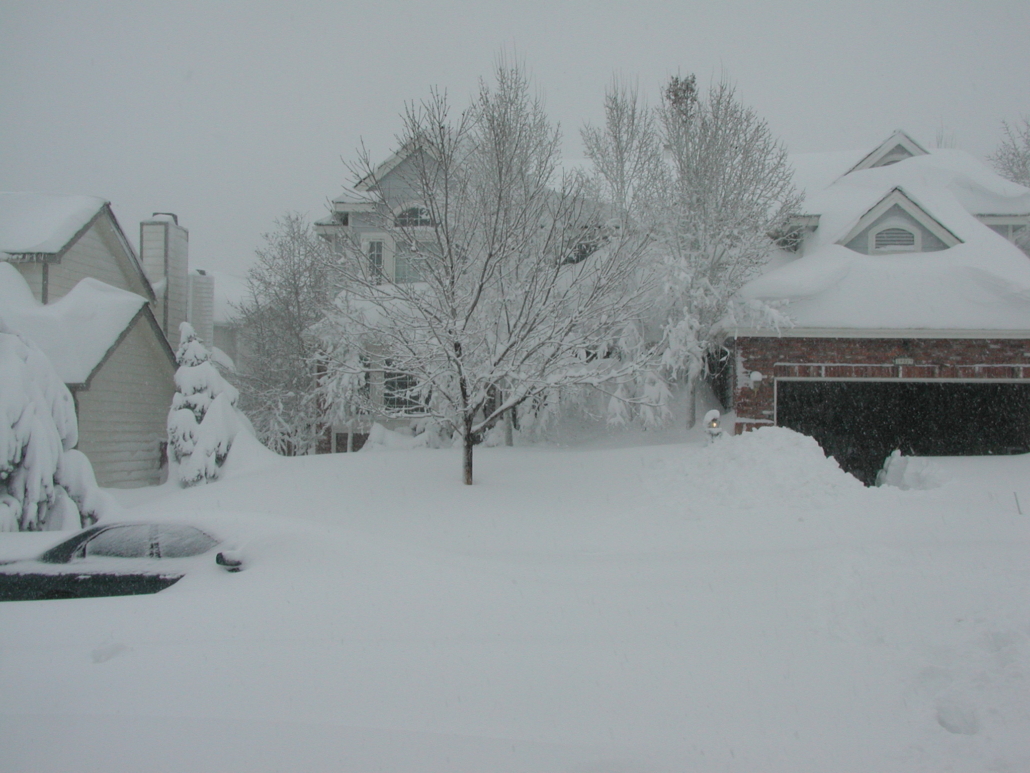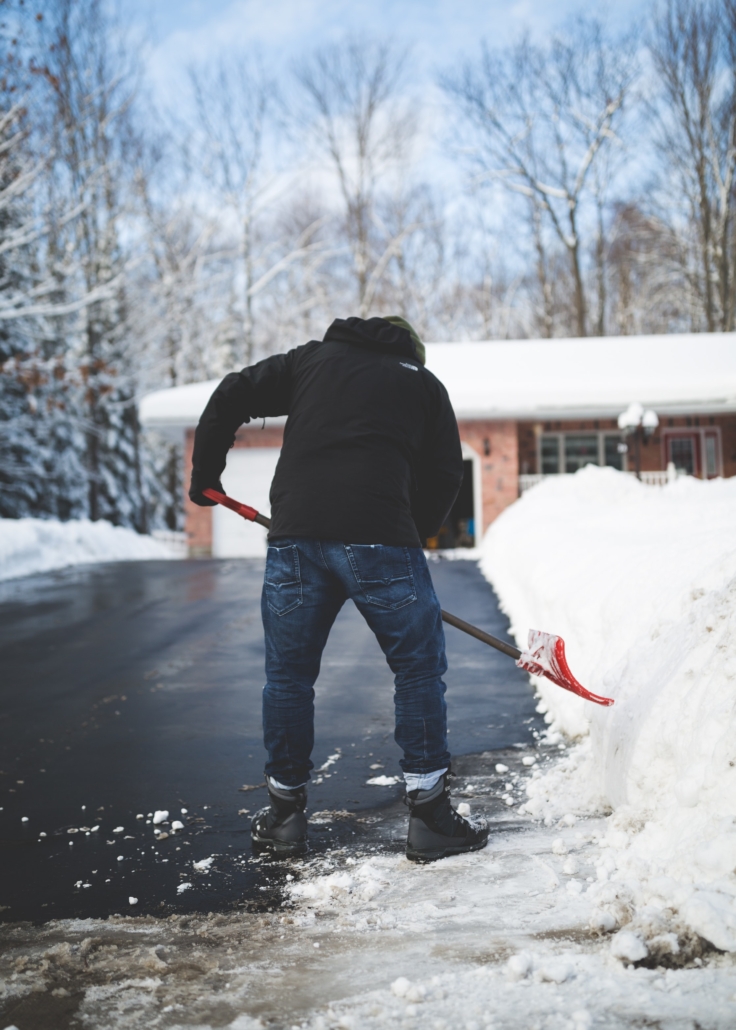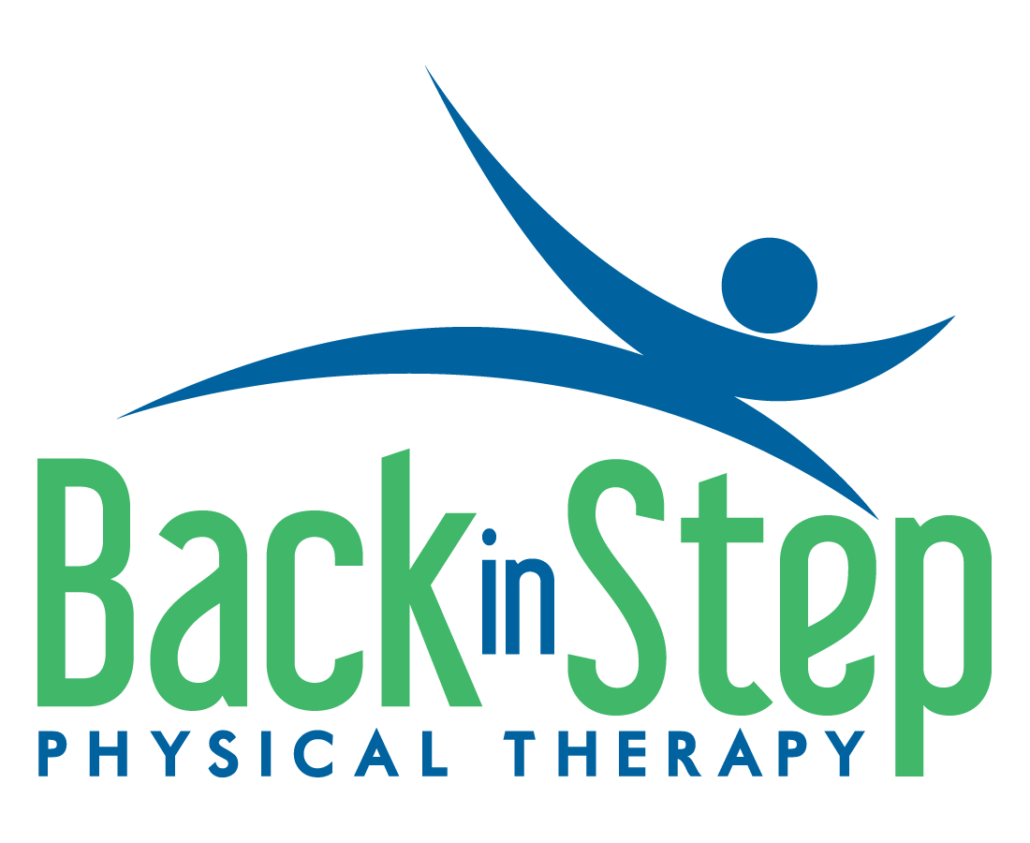It’s that time of year when many areas are regularly getting some snow. Here in Colorado, March also brings snow that is much wetter and heavier.
Having grown up in Colorado, I remember the last HUGE snow storm in 2003. Here are some actual photos from that storm.

The neighborhood street.

A window on the 2nd floor.

The backyard (with a 6 foot fence).
❓ Did you know: a 17-year study in the United States found an average of 11,500 people per year with snow shovel-related injuries and medical emergencies.
From that same study,
- two-thirds occurred among males,
- older adults (55+) accounted for 21.8%, and
- children (under 18) comprised 15.3% of the cases.

The most common diagnoses were soft tissue injuries, more specifically in the low back. For medical emergencies, this like overexertion and slips/falls were the main culprits. Ninety-five percent of these injuries happened at home.
Other studies also show that hospital admissions and the number of heart attacks increase on days with snowfall of more than 8 inches, as opposed to snow-free days.
Please note: We’re including some suggestions or ideas for some products available to purchase from Amazon, including affiliate links. If you click the link and make a purchase, we receive a small commission at no additional cost to you.
We have 10 TIPS we want to share with you to stay safe & warm during the storm.
Non-stick or silicone spray
But what to do with it?
Spray the blade or scoop of your shovel before you start. Silicone spray is great, but can be costly, so non-stick spray can be a more economical option.
This helps the snow slide right off, especially with our heavier spring snows. Just make sure to avoid getting it on the floor or on your shoes, because it can make things slippery and messy!
 Warm up
Warm up
Shoveling snow IS a form of exercise. According to Livestrong.com, 30 minutes of shoveling burns around 230 calories – similar to 30 minutes on a stair climber!!
So if we’re doing that much work, doesn’t it make sense that we warm up our bodies before we start?
Walk or jog in place. Do some gentle stretching, especially dynamic stretchs. Complete some low intensity squats or chair taps. Make sure that you’re doing something to increase your heart rate a little AND moving all parts of your body. Shoveling is a full-body workout.
Need some ideas? Check out our YouTube channel for some of our favorite exercises.
Choose wisely
It’s important that you use the right tools for any activity that you’re doing. When it comes to shoveling snow, there are several options.
Some options to consider:
The most important thing is that whatever you choose works well for you. Here are some things to consider: are the handles at the right height, so you don’t have to hunch over or reach too far? Is the shovel a good weight, where it’s not so heavy that it makes the work harder or so light that you feel like it’s going to fly away? Does it promote a good body position for you?
Also consider having a couple of options on hand. Maybe your body needs something else that day. Or maybe you find yourself in a situation where you need a couple of different things.
 Push it
Push it
That’s right – push it real good 😆.
When you’re shoveling, are you doing more pushing or lifting?
Odds are good that most of us tend to lift and then throw (or fling) the snow. This requires a lot more work by the muscles throughout your body and puts more stress on areas like your back and shoulders.
Instead, try to push the show as far as you can, using something like this snow pusher. Then, if you still need to scoop snow, it’s all piled in a smaller area.
Lighten up
This idea applies in two ways.
First, choose a lighter shovel to ease the overall load. Why add extra work if you don’t have to. Second, put less snow on your shovel before emptying it, whether you’re pushing it or lifting it.
Either way, don’t overload yourself. We know it can be a large task to tackle that snow pile on the driveway . And we naturally want to plow through (pun intended) the task as quickly as possible.
Wait a minute
This means you need to take breaks and pace yourself. We recommend taking a break every 20-30 minutes, especially if the snow is wet and heavy or if you have a lot to clear.
We know that spending long lengths of time in the cold can put extra stress on the heart, trying to keep good blood flow throughout our bodies to keep us warm. Add all of the effort of shoveling snow on top of that, and it can quickly become a larger problem.
A session of shoveling snow should be seen more like a marathon and not a sprint. Except, in this marathon, you’re allowed to take breaks and you’re not trying to break any records!
Drink up
Drink your water.
Just like any other athletic activity we do, it’s important to stay properly hydrated. This helps reduce stress on our bodies and allows it to operate more effectively. Besides hydration, it helps with temperature regulation!
Drink some water before going out and when you come back in. Avoid carbonated drinks, fruit juic, alcohol, and caffeine. Or at least save one of these as a reward for when you’re done.
 Layer it up
Layer it up
Especially for those of us that live with our crazy Colorado weather, layers are crucial for time working out in the snow.
Really think about how you can layer things before you go outside. Odds are good that you’ll feel more cold when you first get out there, no matter what the weather is doing. Remove layers as you warm up or add layers if the wind starts to pick up.
If you’re working in shifts (like we recommend), condisder having an innter layer that (hopefully) stays dry. Then change out the outer layers that have gotten wet.
Keep up
Just like some of our other tips, this means a couple of different things.
Work in shifts, especially if you’re dealing with a lot of snow. It’s a lot easier if you go out and remove smaller amounts, rather than doing it all at once. Take your breaks. Drink your water. Add/remove layers.
Shovel early, and we don’t mean early in the day. Try to work on the snow soon after it falls. It tends to be lighter and fluffier. The longer it stays on the ground, the wetter it can get. It’s also more likely to build up those lovely layers of ice that we tend to try chipping away at.
Use the right stuff
We’ve talked about the importance of using the right shovel. We’ve discussed the importance of layering.
Now let’s talk about other considerations of what to wear.
First of all, do your best to find waterproof, weather-resistant gear. This means pants, coat, and gloves in particular. Wool socks are also a great addition.
Particularly if you’re dealing with ice, consider wearing something like Yak Tracks to give you better traction while working.
Most importantly, don’t push through pain. Don’t work too fast or too hard. Give yourself breaks as needed. Listen to your body.
If you do unfortunately get injured, despite your best efforts, from shoveling, contact us to get evaluated and to get started on your journey of recovery.


